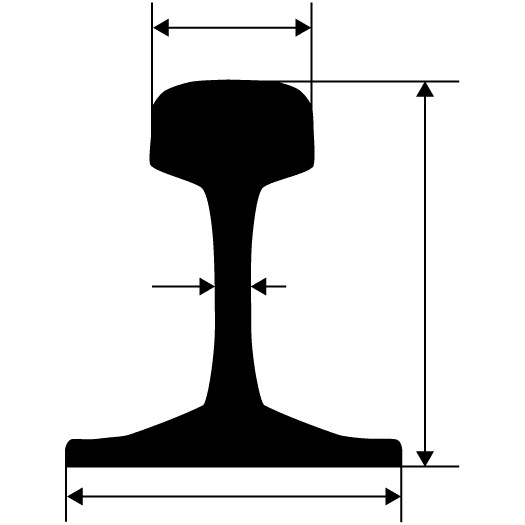KamilBeski
Structural
- May 23, 2024
- 3
I am working with the artist who wants to create the installation of 52 flagpoles that are approximately 23 feet high, and for conceptual reasons, wants the flagpoles to be made out of the old railroad rail. The installation is to be outdoor (for DesertX biennale) somewhere in Coachella Valley where winds are quite strong.I hope that I can get some guidance from the community here. Thank you!

